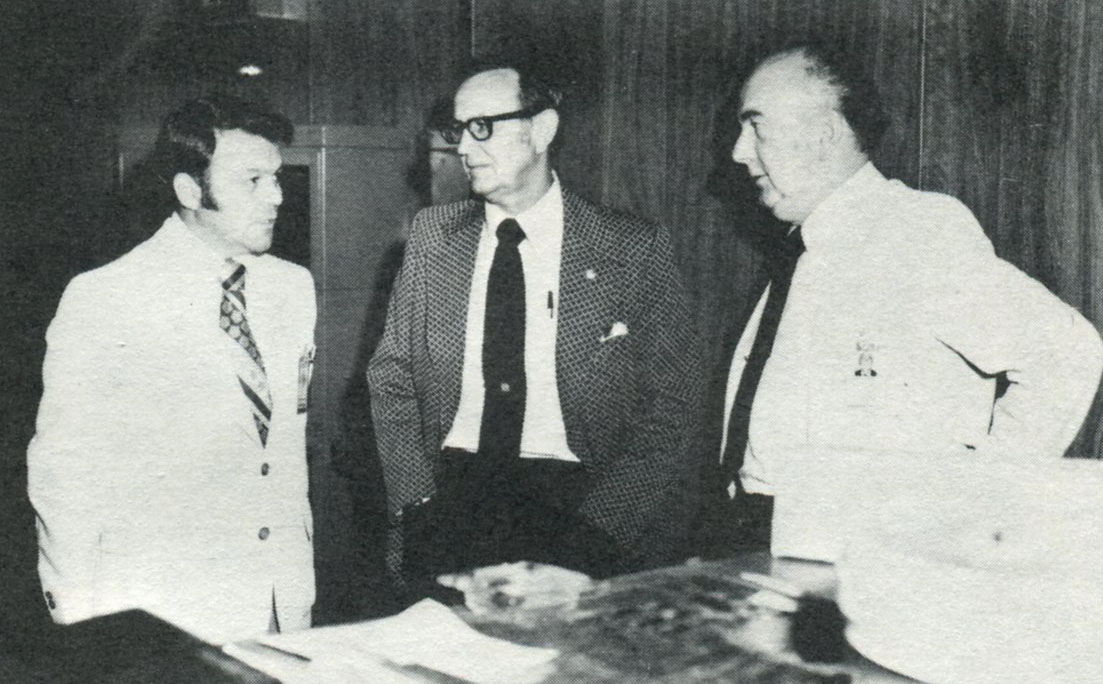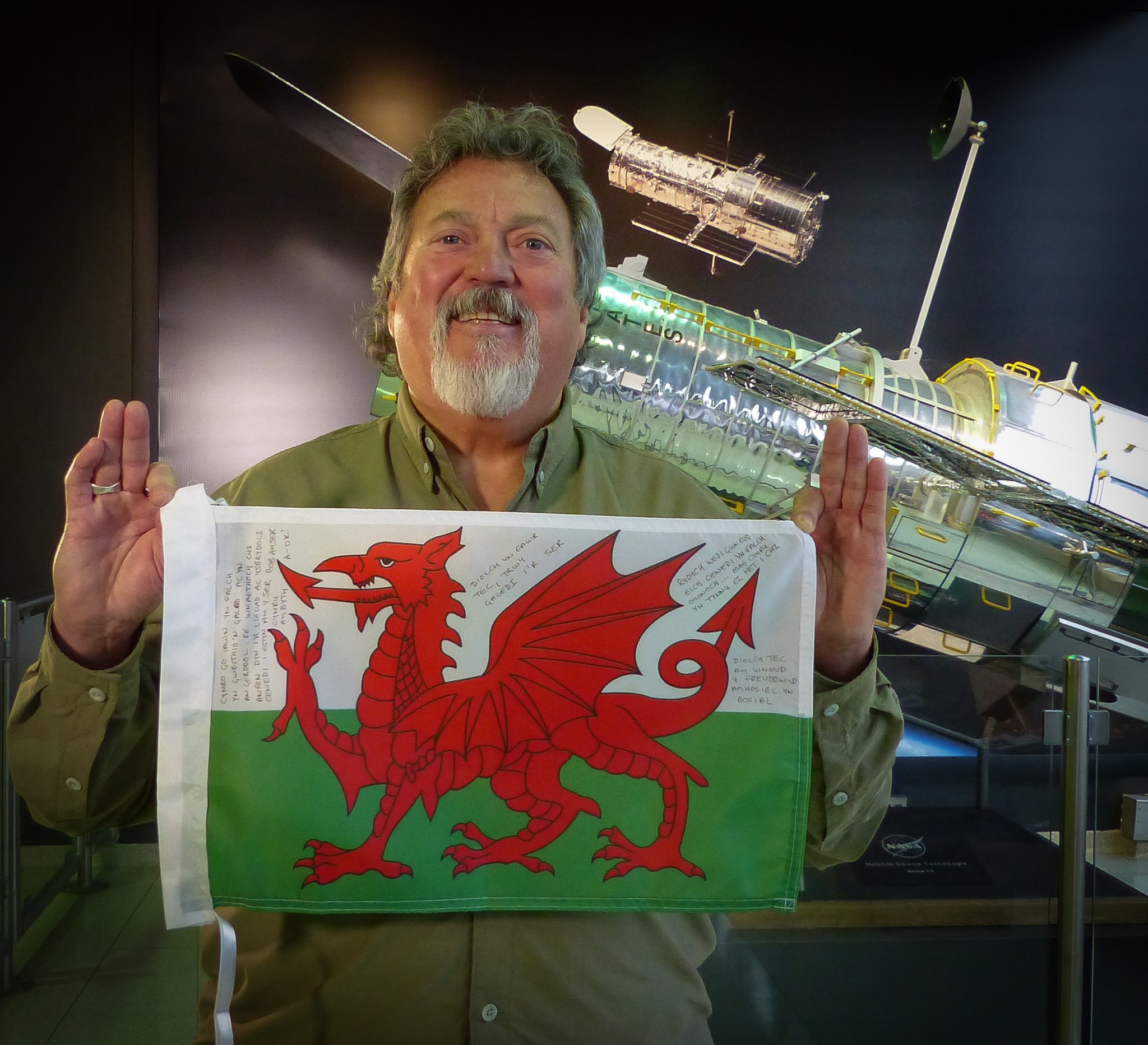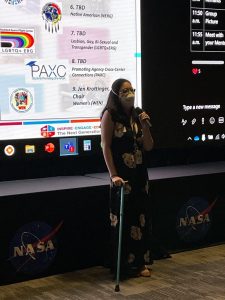Hailing from humble beginnings in rural Wales, Tecwyn Roberts came to be one of the key players in the space race that left us with the legacy of Apollo. Roberts, who also helped establish the Satellite Servicing Control Center at NASA’s Goddard Space Flight Center in Greenbelt, Maryland, was known for his competence, work ethic and calm nature.
“Tecwyn Roberts could rightly be labelled as one of the great unsung heroes of the space age,” said Nick Howes, a Test Analyst and Space R&D team member at BMT, a multinational engineering and research and development company headquartered in the UK, “Without Tec, NASA, and mission control as it exists today would probably not have happened.”
Howes, a fellow of the Royal Astronomical Society and fellow Welshman, is coordinating to send a Welsh flag over to be placed on Roberts’ grave. “It seemed very fitting the flag is being sent now, as this year is the 50th anniversary of the historic Apollo missions 10, 11 and 12,” Howes said. (Roberts passed in 1988.)
Roberts helped set up the Mission Control room in the Apollo era, according to NASA archives. The design of Mission Control took significant planning and coordination to give the Apollo missions the best chance of success. Later in his career, Roberts came to Goddard.
“I’ve supported NASA manned-space flights from Mission Control at Johnson Space Center, robotic operations aboard the International Space Station from the Goddard Satellite Servicing Control Center here at Goddard, I’ve received phone calls and emails from spacecraft orbiting the Earth … all because Tecwyn Roberts said, ‘It CAN be done,’” said Ed Rezac, the former Sierra Lobo project lead at Goddard.
“Some have suggested that it is his very background of modest means, of problem solving out of necessity with only what you have available, that enabled him to see problems and solutions clearly,” Rezac said. “And I suspect, based on the recollections of other major players of the time, that his humble and approachable demeanor not only made him easy to work with but also attracted the best to want to work with him.”
Tecwyn Roberts was NASA’s first FIDO, or flight dynamics officer. It was his responsibility to figure out how to communicate with astronauts in space, and he served in that role starting with Mercury and the historic flights of Alan Shepard and John Glenn.
Gary Morse, former NASA space shuttle network director who worked with Roberts when the latter took a contractor position following retirement, said that Roberts “essentially invented” the FIDO position. “Nobody knew how to do that job.”
Roberts was always excited to be working on the space program, and that showed in his work, Morse said. Today’s mission controllers could learn a lot from Roberts’ quiet confidence.
“He taught others how to lead and focus on the real issues,” he said. “He didn’t say much but when he did it was very important. When to delegate and when not to delegate.”
During his agency career Roberts received the NASA Exceptional Service Medal, NASA Distinguished Service Award and the Robert H. Goddard Award of Merit among other high honors.
The flag memorial being organized by Howes includes signatures from Welsh scientists Martin Griffiths, a space science lecturer at the University of South Wales; Allan Trow, the director of Dark Sky Wales; Katrin Raynor-Evans, writer for the BBC Sky at Night; and Gavin Price, a spaceflight speaker on Apollo.
The flag is planned to be placed at Roberts’ grave during the anniversary of Apollo 12, which flew from Nov. 14 to Nov. 24, 1969.
“His rise from humble beginnings in such a small town so very far away, I hope will continue to inspire the next generation of engineers,” Howes said. “And the many STEM groups who visit Goddard, I hope will see any tribute to him and realize that whilst Apollo was a great American achievement, the United States’ closest allies played a part and proudly in helping NASA achieve something, which, 50 years on, has still to be matched.”
By Christina Mitchell
NASA’s Goddard Space Flight Center in Greenbelt, Md.































